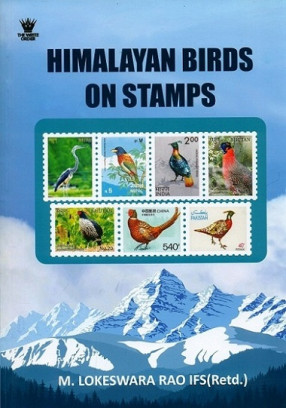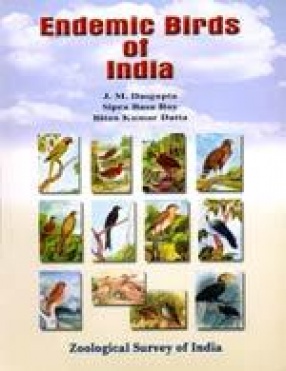Himalayan Birds on Stamps
Postage stamps provide a means of communication between the issuing authority and the members of the general public who buy and use them. Stamps serve as cultural ambassadors and they are like miniature encyclopaedia which marks the nation's natural heritage and depict world of nature. This medium of postage stamps, with billions of copies printed annually and disseminated worldwide. Stamps can be miniature gateways to the world's fauna and flora, and every stamp tells a story of natural heritage of the countries of the world. Postage stamps have always been symbolic tools, with nations honouring their priorities through stamps. The effectiveness of stamps as tools to engage the public is demonstrated by the enduring popularity of stamp collecting, which began the year after the first stamp's usage.
Mountains are remarkably diverse and globally important as canters of biological diversity. Himalayas are important in terms of provisioning the ecosystem services that has thus far sustained huge population of people and high levels of biodiversity. The Himalayas is the highest mountain range in the world, and has the world's highest peaks, including Mount Everest. Himalayan Mountains, referred to as the Third Pole, are the source of some of Asia's major rivers and also help to regulate our planet's climate. The Himalayan range is a confluence of the Trans-Himalayan zone, Himalayan zone, and Northeast zone, which are part of the Biodiversity Hotspot as well. These zones have Tropical, Temperate and Tundra type of climate which makes it rich in biodiversity of flora and fauna. Habitat loss due to land use change, illegal wildlife trade, forest fires and increasing anthropogenic activities pose threats to this Himalayan biodiversity.
Get it now and save 10%
BECOME A MEMBER









Bibliographic information